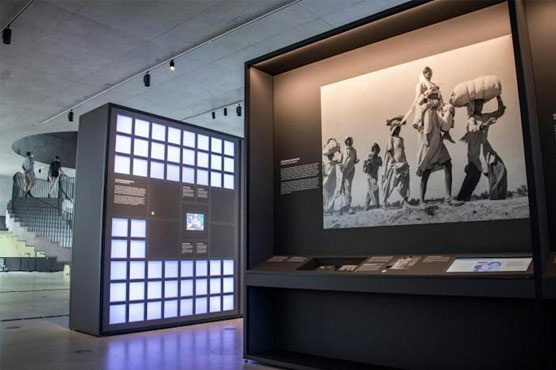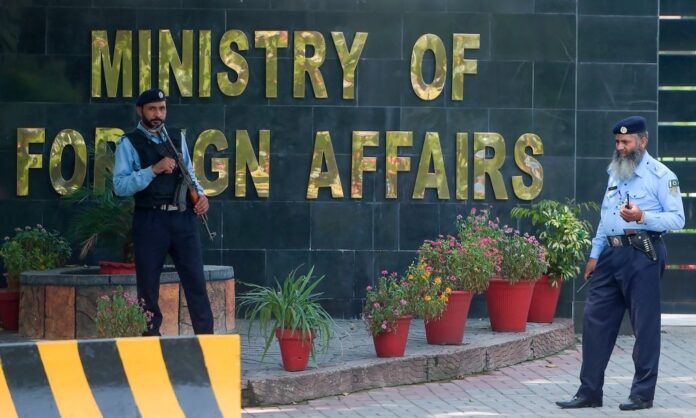
Berlin: A new museum dedicated to the long-silenced trauma of German civilians forced to flee eastern Europe at the end of World War II opens next week after decades of wrenching debate.
Perhaps reflecting what its founders call their delicate “balancing act”, the new institution in Berlin carries the unwieldy name of Documentation Centre for Displacement, Expulsion and Reconciliation.
Some 14 million Germans fled or were ejected from what is today s Poland, Russia, the Czech Republic, Hungary, the Baltic states, Romania, Slovakia and the former Yugoslavia between 1944 and 1950.
Escaping the Russian army and later forced out by occupying powers and local authorities, an estimated 600,000 Germans lost their lives on the trek.
Those who fled included people who had settled in Nazi-occupied territories as well as ethnic Germans who had lived for centuries as minorities.
Seventy-six years after the conflict s end, director Gundula Bavendamm said Germany was finally ready to talk about their suffering, while still acknowledging the unparalleled guilt of the Nazis.
“We are not the only country that needed quite some time to face up to painful and difficult chapters of its own history,” she told reporters at a preview of the museum before it opens to the public. “Sometimes it takes several generations, and the right political constellations.”
The 65-million-euro ($78-million) museum takes pains to place the Germans plight firmly in the context of Hitler s expansionist, genocidal policies.
It is located between the museum at the former Gestapo headquarters and the ruins of Anhalter railway station from which Jews were sent to the Theresienstadt concentration camp.
Just opposite is a planned Exile Museum devoted to those who fled Nazi Germany.
Access to the second-floor space spotlighting the Germans exodus can only be gained through a darkened room covering the Holocaust.
The first-floor exhibition looks at the “universal” refugee experience, covering mass displacements in countries such as Vietnam, Myanmar, Lebanon and India after the 1947 partition.
“Hyper-nationalism is one of the prime causes of war and forced migration — they almost always go together,” curator Jochen Krueger said.
A folding bicycle used by a Syrian asylum seeker crossing from Russia into Norway in the spring of 2016 resonates particularly in Germany, where more than 1.2 million people arrived at the height of that refugee influx. AFP


